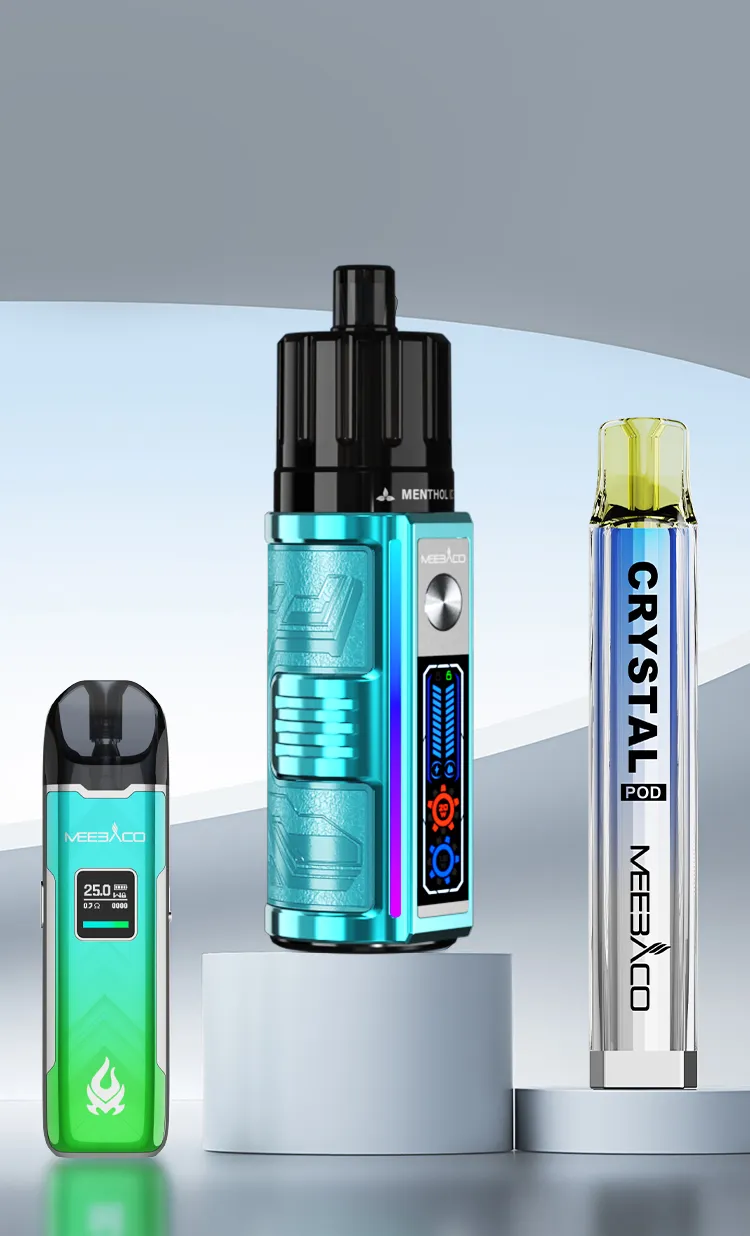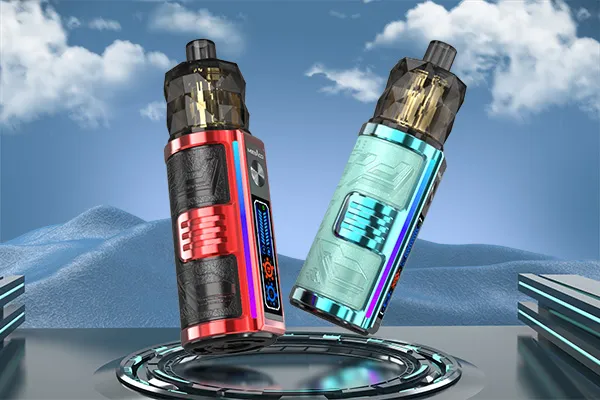You can master the latest information, new product , exhibition, promotion, etc
As global awareness of tobacco harm grows, more smokers are turning to e-cigarettes as a potential smoking alternative. Unlike traditional cigarettes that rely on tobacco combustion, e-cigarettes work by heating e-liquid into an aerosol, reducing exposure to harmful carcinogens. However, making a smooth and safe transition requires understanding key facts about harm reduction, product selection, usage techniques, and regional regulations. This guide breaks down everything you need to know for a successful switch.
1. The Science of Harm Reduction: What Research Tells Us
The World Health Organization (WHO) and the U.S. National Academies of Sciences, Engineering, and Medicine (NASEM) have confirmed that e-cigarettes offer significant harm reduction compared to traditional cigarettes. Studies show that fully switching to e-cigarettes reduces exposure to most toxic substances and carcinogens produced by tobacco combustion.
Oxford University research published in Nicotine & Tobacco Research found that smokers who completely switched to e-cigarettes experienced reduced wheezing and improved respiratory health, while those who continued smoking showed no such improvements . France’s National Cancer Institute (INCa) further noted that e-cigarettes eliminate tar and reduce overall harm by up to 95% compared to cigarettes.
A critical caveat: dual use of both cigarettes and e-cigarettes increases cardiorespiratory risks due to higher oxidative stress levels. To maximize health benefits, complete replacement of cigarettes with e-cigarettes is essential.
2. Choosing the Right E-Cigarette: Beginner-Friendly Options
For first-time users, selecting the right device is key to a satisfying transition. The market offers three main types, each suited to different needs:
Disposable E-Cigarettes: Ideal for beginners. They are compact, pre-filled with e-liquid, and require no charging or maintenance. Their portable design and authentic smoking feel make them a low-risk starting point, though many regions (including the UK) have banned disposable variants to curb youth usage and environmental harm.
Pod Systems: The most popular choice for long-term use. These reusable devices consist of a rechargeable battery and replaceable pods, offering more flavor options and cost-effectiveness. They balance portability and performance, closely mimicking the smoking experience.
Vape Mods: Designed for advanced users. These high-powered devices produce larger clouds and allow customization of power and temperature. However, their complex operation and higher cost make them less suitable for beginners focused on smoking replacement .

3. E-Liquid Selection: Nicotine Strength and Flavors
E-liquid choices directly impact your transition experience, with nicotine strength and flavor being the two most important factors.
Nicotine Strength
Nicotine concentrations are labeled in mg/ml (milligrams per milliliter), typically ranging from 0mg (nicotine-free) to 18mg. Choose based on your current smoking habits:
Heavy smokers (1–2 packs per day): Start with 12mg to satisfy cravings without insufficient stimulation .
Moderate smokers (less than 1 pack per day): Opt for 6mg, a balanced strength for most transitioners .
Gradually reduce strength over 1–2 weeks as your dependency decreases to minimize withdrawal symptoms.
Flavors
Tobacco Flavors: Best for smokers seeking a familiar taste. Opt for reputable tobacco-inspired blends (e.g., Virginia, menthol tobacco) rather than attempts to replicate specific cigarette brands.
Fruit/Sweet Flavors: Popular for their smoothness, though some regions restrict flavored products to prevent youth appeal. Keep a 0mg (nicotine-free) mint-flavored e-liquid on hand—it can mask unpleasant tastes and blend with other flavors.
4. Transition Tips for Success
Switching from cigarettes to e-cigarettes is a process that requires patience and adjustment. Follow these tips for a smoother journey:
Quit cigarettes completely: Dual use undermines harm reduction and prolongs dependency. Commit to using only e-cigarettes from day one.
Match your usage rhythm: Use the e-cigarette whenever you would normally reach for a cigarette to manage cravings consistently.
Stay hydrated: Vaping can cause mild dry mouth—drink plenty of water to alleviate discomfort.
Adjust gradually: If the throat hit is too strong, lower the nicotine strength or try a higher-VG (vegetable glycerin) e-liquid for smoother vapor.
5. Key Regulatory Updates for Global Users
E-cigarette regulations vary by country, and staying compliant is crucial for legal and safe use:
United Kingdom: As part of its 2030 smoke-free plan, the UK allows regulated e-cigarettes as a smoking cessation tool. However, disposable e-cigarettes are banned, and a new vape product duty (VPD) of £2.20 per 10ml of e-liquid will take effect in October 2026. Retailers must hold licenses and display tax stamps on products from April 2027.
United States: The FDA cracks down on illegal e-cigarettes (accounting for 54% of the market), which often contain harmful substances and target youth. Only FDA-authorized products are legal for sale.
Malaysia: The government is moving toward a phased full ban on e-cigarettes, citing medical costs that exceed tax revenues. Travelers and residents should monitor upcoming policy changes.
Always purchase from licensed retailers and verify that products meet local standards to avoid legal issues and health risks.
Making the switch from traditional cigarettes to e-cigarettes can be a positive step toward reducing tobacco harm, but it requires informed choices. By selecting the right device, adjusting nicotine levels thoughtfully, and adhering to regional regulations, you can achieve a successful and sustainable transition. Remember, e-cigarettes are not risk-free, but they offer a significantly safer alternative for adult smokers unable to quit immediately.








